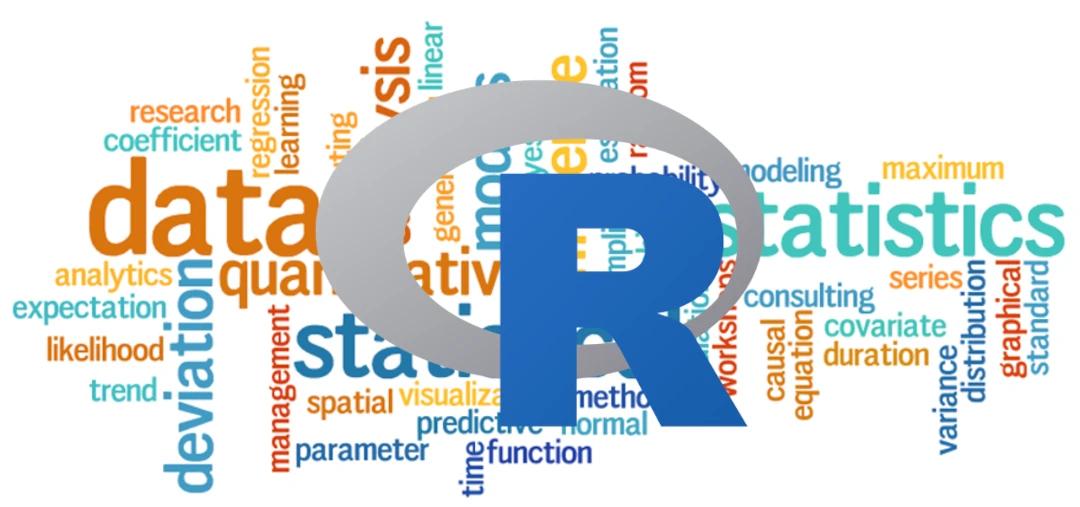Wed Dec 13 2023
Unveiling R Programming: 10 Compelling Reasons to Dive In

R programming, a powerful statistical language and environment, has garnered widespread attention for its versatility and applicability across various domains. Let's talk about R programming and explore ten compelling reasons why it's worth learning.
What is R?
R is a programming language and software environment for statistical computing and graphics supported by the R Foundation for Statistical Computing. It is a GNU project which is similar to the S language and environment which was developed at Bell Laboratories by John Chambers and colleagues. R can be considered as a different implementation of S.
R is available as Free Software under the terms of the Free Software Foundation's GNU General Public License in source code form. It compiles and runs on a wide variety of UNIX platforms and similar systems, Windows and MacOS.
The R Environment
R is an integrated suite of software facilities for data manipulation, calculation and graphical display. It includes
- an effective data handling and storage facility,
- a suite of operators for calculations on arrays, in particular matrices,
- a large, coherent, integrated collection of intermediate tools for data analysis,
- graphical facilities for data analysis and display either on-screen or on hardcopy, and
- a well-developed, simple and effective programming language which includes conditionals, loops, user-defined recursive functions and input and output facilities.
Reasons to learn R
1. Statistical Analysis Powerhouse
R is renowned for its statistical capabilities. It offers a vast array of statistical functions, making it a go-to choice for data analysis, visualization, and modeling.
2. Data Visualization
R excels in data visualization. Its diverse libraries, such as ggplot2, facilitate the creation of visually appealing and informative graphs, charts, and plots.
3. Extensive Libraries
R boasts an extensive collection of packages catering to different domains. These libraries cover a wide spectrum of functionalities, simplifying complex tasks and making R adaptable for various projects.
4. Data Manipulation
With libraries like dplyr and tidyr, R provides powerful tools for data wrangling and manipulation, allowing users to clean, transform, and organize data efficiently.
5. Machine Learning Capabilities
R offers robust machine learning libraries like caret and mlr that facilitate the implementation of various machine learning algorithms for predictive modeling and classification tasks.
6. Community Support and Collaboration
The R community is vibrant and supportive. Users actively contribute packages, share knowledge, and engage in collaborative projects, fostering a rich learning environment.
7. Integration with Other Languages and Tools
R integrates seamlessly with other languages like Python, SQL, and C++, enabling users to leverage their strengths and access a broader range of tools and resources.
8. Academic and Research Applications
R is widely used in academia and research. Its statistical prowess and visualization capabilities make it an invaluable tool in fields like economics, biology, social sciences, and more.
9. Career Opportunities
Proficiency in R programming opens doors to various career paths, including data analysis, data science, research, and academia, as the demand for skilled R programmers continues to rise.
10. Flexibility and Adaptability
R's flexibility allows users to develop custom functions, scripts, and packages tailored to specific needs, making it an adaptable language for diverse projects.
Conclusion
Learning R programming offers a gateway to a versatile and powerful toolset for data analysis, visualization, and statistical modeling. Its extensive capabilities, vibrant community, and diverse applications across industries make it an invaluable asset for aspiring data enthusiasts and professionals alike.